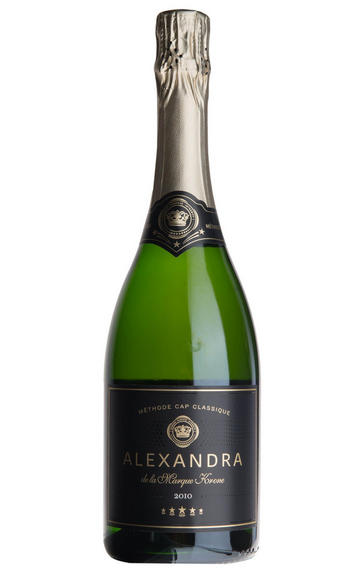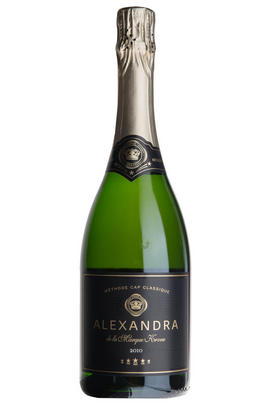
About this WINE

Champagne blend
Which grapes are included in the blend, and their proportion, is one of the key factors determining the style of most Champagnes. Three grapes are used - Pinot Noir, Chardonnay and Pinot Meunier.
26% of vineyards in Champagne are planted with Chardonnay and it performs best on the Côtes des Blancs and on the chalk slopes south of Epernay. It is relatively simple to grow, although it buds early and thus is susceptible to spring frosts. It produces lighter, fresher wines than those from Burgundy and gives finesse, fruit and elegance to the final blend. It is the sole grape in Blancs de Blancs, which are some of the richest long-lived Champagnes produced.
Pinot Noir accounts for nearly 40% of the plantings in Champagne and lies at the heart of most blends - it gives Champagne its body, structure, strength and grip. It is planted across Champagne and particularly so in the southern Aube district.
The final component is Pinot Meunier and this constitutes nearly 35% of the plantings. Its durability and resistance to spring frosts make the Marne Valley, a notorious frost pocket, its natural home. It ripens well in poor years and produces a soft, fruity style of wine that is ideal for blending with the more assertive flavours of Pinot Noir. Producers allege that Pinot Meunier lacks ageing potential, but this does not deter Krug from including around 15% of it in their final blends.



Buying options
Add to wishlist
Description
Made from a classic blend of 75% Chardonnay and 25% Pinot Noir this South African sparkler was named after winemaker Matthew Krone’s daughter Alexandra. Released on the Leap Year Day, Matthew plans to release a new vintage just every four years.
Only a very limited number of bottles were produced and after the wine had completed its second fermentation, it was left to rest on its lees for five years.
The result is a very elegant sparkling wine. With tiny bubbles and delicate aromas of white peach, the palate is less muted with hints of crisp green apples and refreshing notes of lemons and lime.
Elegant and bone dry, this is one to try alongside a plate of fresh tuna sashimi or simply as an aperitif accompanied with smoked salmon canapés.
wine at a glance
Delivery and quality guarantee